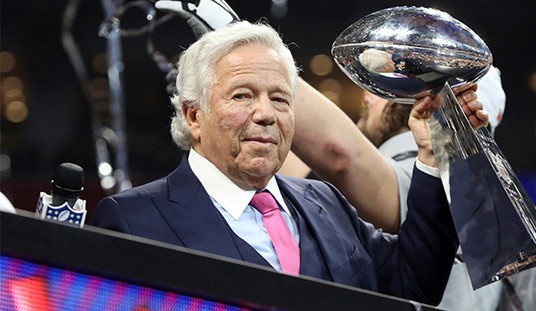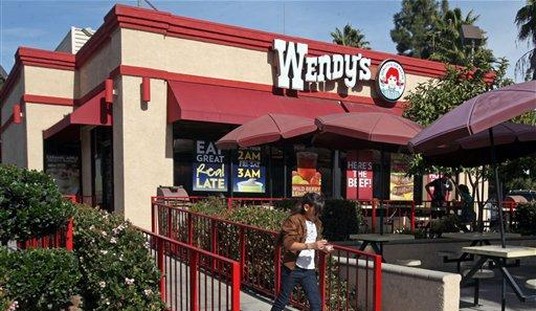If you don't mind sweat, dirt or the smell of manure, this is a great time to be a farmer. Incomes are up, land values are high, and global demand is growing. Oh, and if you're one of the lucky farmers, there's a bonus: a tap on the federal treasury.
Farm subsidies are an oddity in a competitive, capitalist economy. In what other business can you expect continuing government support, whether you need it or not? But by now, they are as American as kudzu, and about as hard to get rid of.
It was not exactly a surprise, then, that farm groups and their allies reacted badly when House Budget Committee Chairman Paul Ryan, R-Wis., unveiled a list of spending cuts that includes paring $30 billion from agriculture programs over the next decade.
"We are concerned about cuts that might impact the safety net that supports our farmers," protested the American Farm Bureau Federation. The National Farmers Union warned the cuts would "do irreparable harm to American agriculture."
But the obvious question is not why Ryan proposes to trim farm subsidies by 20 percent or so. The question is why he doesn't cut them by 100 percent.
After all, they are at odds with everything conservatives believe in. They inflate the federal budget, they require bureaucrats, and they invite the federal government to meddle in areas where it is not needed.
The old rationale for these programs was that they redistributed income from affluent city slickers to struggling rural folks. But that excuse has about as much contemporary relevance as a horse-drawn plow.
In recent years, the average farm family has enjoyed an income about 20 percent higher than the average for all families, not to mention five times more net worth. In 2010, net farm income jumped by an estimated 20 percent, according to the Department of Agriculture, and net equity rose nearly 7 percent. The average farm family now makes $86,352 a year.
Recommended
Being well-to-do will keep you off Medicaid and food stamps, but that rule doesn't apply when it comes to farm subsidies. Just the opposite: The more you have, the more you get.
"From 1995-2009," reports Environmental Working Group, "the largest and wealthiest top 10 percent of farm program recipients received 74 percent of all farm subsidies, with an average total payment over 15 years of $445,127 per recipient."
Farm groups insist these programs are the reason Americans enjoy an abundance of inexpensive food. But the real reason is that American agriculture is so productive, steadily producing more and more crops with fewer workers. Cheap meals are a tribute to the ingenuity and resourcefulness of our farmers, not the brilliance of our politicians.
Most farmers, in fact, manage with a minimum of federal help because they raise commodities that don't get subsidies. The great majority of government payments go to producers of just five crops: corn, wheat, soybean, rice and cotton. Yet if you go to the grocery store, you will find racks filled with potatoes, strawberries, broccoli, tomatoes, lettuce, nuts and carrots, grown without being heavily fertilized with tax dollars.
Here's how the market in those items works: Farmers plant the crops, harvest the crops and sell the crops. If things go well, they earn a profit. If not, they don't.
Those farmers with a knack for making money stay in business and prosper. Those who lose money go bust. It resembles most of the other businesses in America -- with the notable exception of the rest of agriculture.
We really have two agriculture systems in this country. One is based on generous federal subsidies (as with corn and wheat) or strict federal control of production and imports to keep prices high (as with sugar and dairy products). The other relies on open markets, the free interplay of supply and demand, the usual "creative destruction" of a capitalist economy, and the absence of guarantees.
Both produce huge amounts of the commodities we need. Both provide a good living to farmers. But one costs taxpayers billions of dollars a year, and the other doesn't. Now, which approach sounds better? And why do we insist on using an inferior model when we have a superior one available?
Farmers who cherish their federal aid regard any effort to cut it as a scorched-earth strategy that will leave devastation behind. But really, it's just pulling weeds. And as any farmer knows, pulling 20 percent of your weeds doesn't do much good.

























Join the conversation as a VIP Member